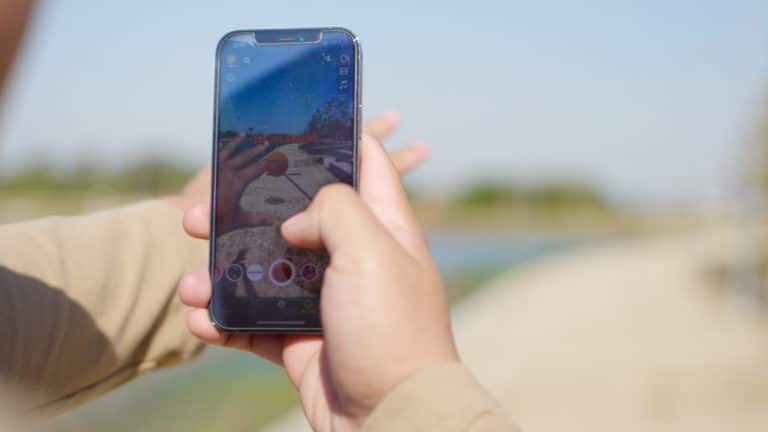
As we approach 2022’s midpoint, it’s a good time to pause and take stock of where we are in the spatial computing industry. In short, there continues to be gradual growth and traction, following the sector’s early ups and downs. In other words, it’s approaching adolescence.
This was the topic of a recent ARtillery Intelligence report that looks back on the recent history of AR. More importantly, it takes those lessons to heart in extrapolating the technology’s near term. This is also the topic of the latest ARtillery Briefs episode (video & takeaways below).
https://artillry.co/a-spatial-future-materializes/
The Spatial Spectrum
Backing up, AR isn’t a monolithic thing. We’re talking about a spectrum of consumer and enterprise subsegments. For example, one leading segment is AR marketing, where sponsored lens placement in places like Snapchat are projected to generate $2.9 billion this year.
But the breakout topic of the last year was clearly the metaverse. And though it’s become cringe-worthy in its overuse, the m-word holds legitimate principles worth exploring so that we can project our spatial future… and so that innovators can start developing its building blocks.
There we see two tracks. One is virtual and multiplayer worlds, usually discussed in a VR context. The other (less-discussed) track brings digital dimension to the physical world. And that’s more in an AR context, including geolocal AR or what we’ve been calling the metavearth.
Drilling down on that second track, there’s been notable activity, like Niantic’s Lightship platform, which takes all of the learnings and architecture of Pokémon Go and bakes it into a platform for developers to run with. This could be a meaningful AR accelerant, as we recently examined.
Elsewhere we have Google working towards a sort of internet of places or annotation layer for the physical world, unlocked through tools like Google Lens. Similar efforts are underway from Snap Scan and others that are interested in using the camera to contextualize the world.
Altogether, this visual search modality could be an AR killer app because it’s a practical utility and a high-frequency use case (just like web search). These are the ingredients for killer apps. But that said, there’s still a ways to go in both underlying tech and cultural acclimation.
XR Talks: What is Niantic’s ‘Real-World Metaverse?’
Cracking the Code
Moving from handheld to face-worn, AR glasses are the real endpoint but they face design challenges such as the tradeoff between wearability and UX. That’s being alleviated to some degree, thanks to ongoing innovation from players like Qualcomm as they move up the stack.
Another way that AR glasses innovators are starting to solve this riddle is to design for the wearability end of the spectrum. Then, underwhelming graphics can be counteracted by a UX that’s experientially meaningful, even if optically underpowered. This could be Apple’s approach.
By “experientially meaningful,” we’re talking software integrations that bring social signals or biometric notifications to your line of sight. In the iOS world, that could involve elegant integration of your Apple Watch or multimedia that’s delivered in tandem with your AirPods.
As these examples suggest, Apple could be the one to crack this code. It’s done this in the past with elegant UX design throughout its interlocking iThings ecosystem. That same ecosystem could slowly transition to a suite of wearables where glasses are a key puzzle piece.
But all of that just scratches the surface, and you can read more in the full report (and Briefs episode embedded below). Coming full circle to the metaverse, it’s still about 90 percent hype. After a potential shakeout, metaverse mania could fall into the trough of disillusionment.
But that’s not to say that it’s done. Rising from those ashes – as we often see in these hype cycles – will be quieter, sober, and meaningful AR (and VR) development. That could bring us metaverse building blocks that will define our connected experiences over the next decade.

